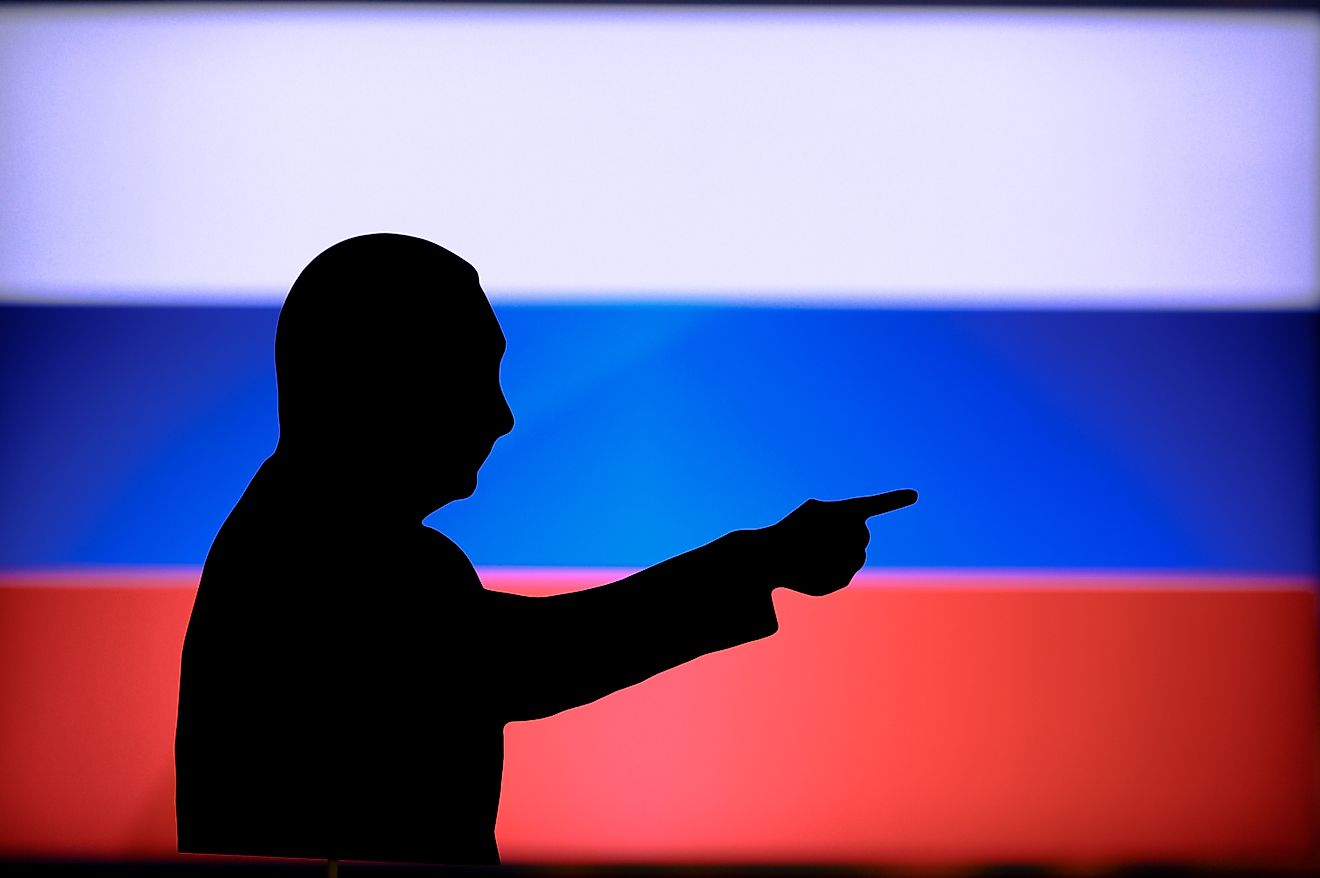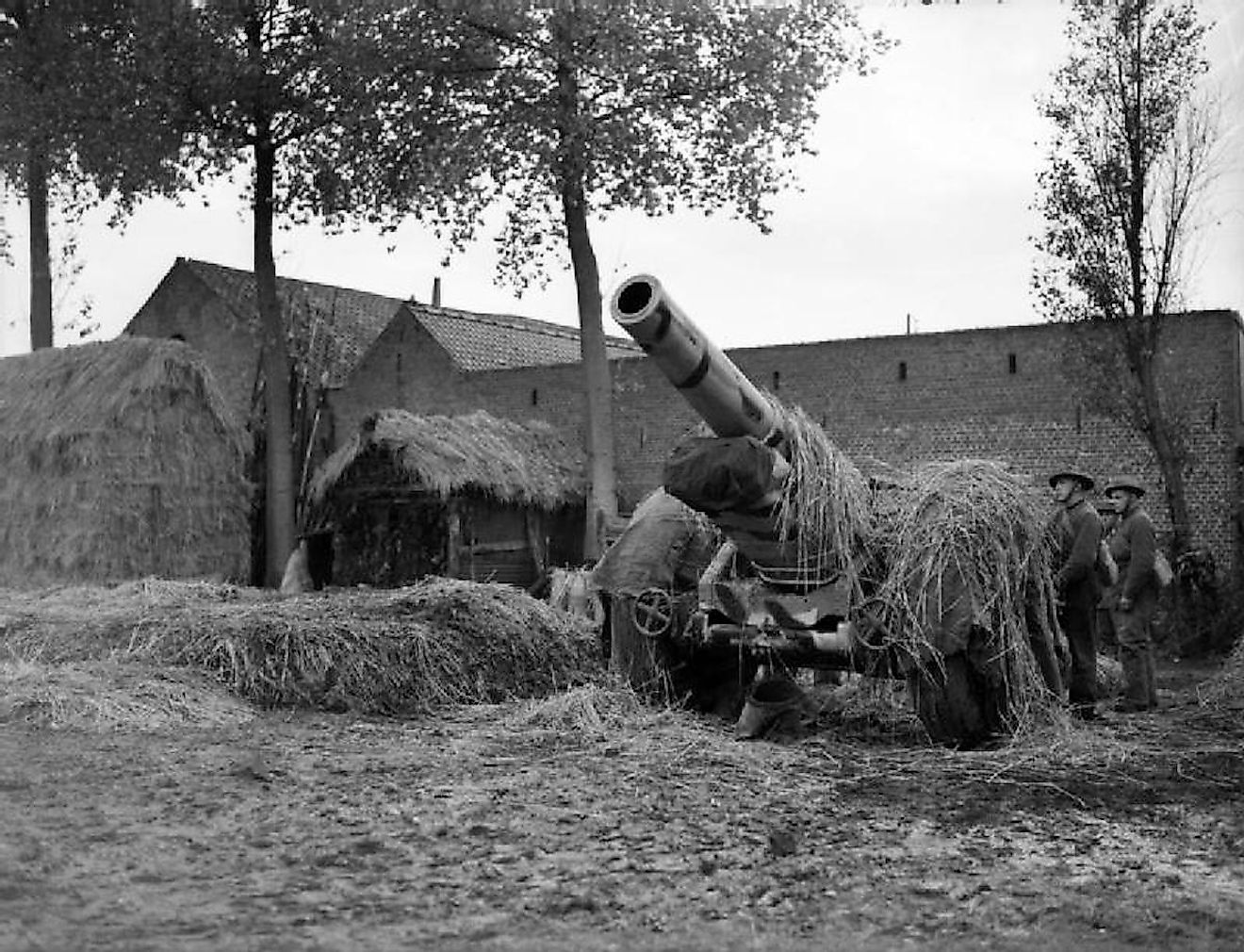
Phoney War
Germany invaded Poland on September 1, 1939, followed by the Soviet Union (USSR) doing the same on September 17. By early October, the country had fallen, with Nazi and Soviet forces beginning their joint occupation. While this invasion marked the beginning of World War II, more major fighting would not occur until the spring of 1940. But, despite seeming unimportant, several events occurred during this "Phoney War" (or, as the Germans called it, Sitzkrieg, or sitting war) that influenced the rest of the conflict.
The Reason For The Phoney War
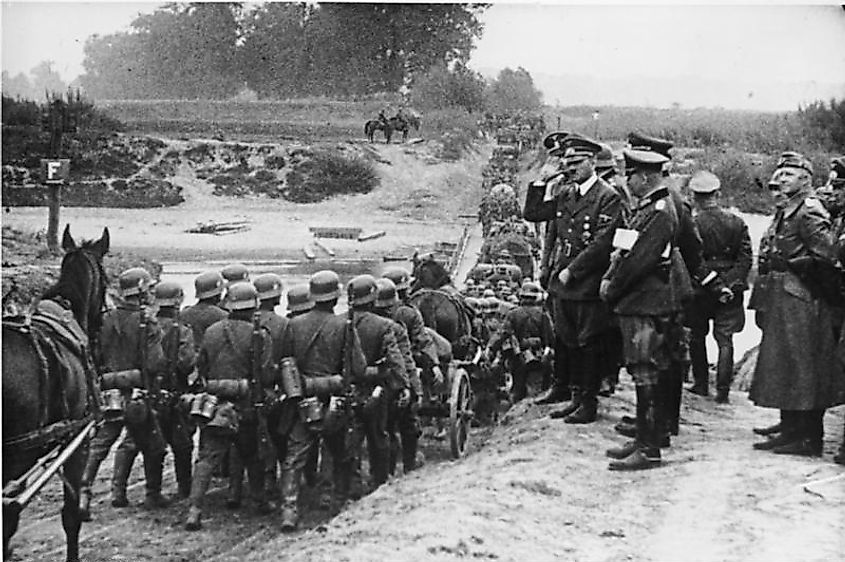
France and the United Kingdom (UK), having declared war on Germany on September 3, 1939, prepared for battle following the defeat of Poland. However, the French-German border at this time was likely the most heavily fortified in the world. The French had the Maginot Line, a series of fortifications, weapon installations, and obstacles put in place in the 1930s to deter a German invasion. On the other side, Germany's Siegfried Line provided similar levels of defense. In short, both Germany and France had seemingly impregnable borders, resulting in soldiers waiting anxiously for the fighting to begin during the first months of the war.
Role Of Germany
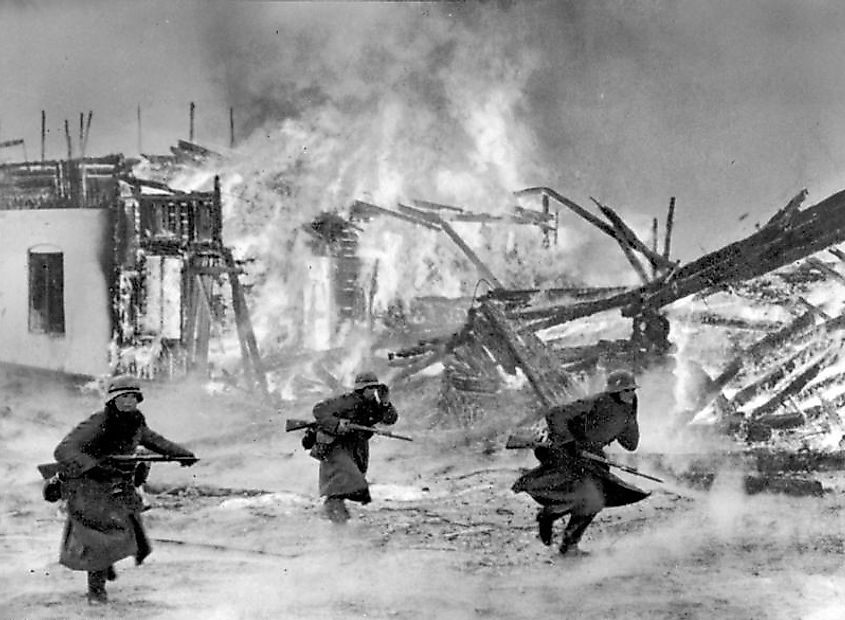
This relative inaction elsewhere gave Germany time to tie up loose ends in the Polish campaign. But as winter fell, this period grew longer--mainly because the winter of 1939-1940 was one of the coldest ever recorded, thereby preventing most offensives. None of this is to say that there was no activity during the Phoney War. Indeed, Germany bombed Scotland's Shetland Islands on November 13, 1939. The first British soldier was then killed in France on December 9. Perhaps surprisingly, Adolf Hitler also made several peace overtures to the UK; in Hitler's eyes, both the British and Germans were Aryans, and thus, it should have been possible for them to come to some sort of agreement. However, these attempts proved futile, and major military operations continued with the invasion of Denmark and Norway in April 1940.
Role Of The UK
Sixteen thousand British soldiers and 24,000 tanks were transported to France soon after the UK's declaration of war, only to mostly patrol the Arras-Lille region in northern France during the first months of the conflict. This was not to say that there were no discussions about offensive maneuvering. Indeed, on September 5, Sir Kingsley Wood, the Secretary of State for Air, suggested setting the Black Forest alight. However, this plan was turned down due to being in possible violation of the 1899 and 1907 Hague Conventions. Furthermore, still yet to be Prime Minister Winston Churchill wanted to airdrop mines into the Rhine River, but this plan was rejected by French Prime Minister Edouard Daladier, who feared that it would encourage reprisals against French soldiers and civilians. In short, despite attempts to jumpstart full-on military operations, British soldiers participated in no significant battles in the opening months of World War II.
Battles During The Phoney War
This was also largely the case for French soldiers. But, they did participate in the Saar Offensive from September 7 to October 17, 1939. This attack aimed to draw attention away from Poland while also potentially making some territorial gains in the Saarland, a small state in the southwest of Germany. French soldiers initially made steady progress, taking most of the Warndt Forest by September 9. This slow advance continued until it was clear that Poland was about to be defeated, after which General Maurice Gamelin ordered French troops to fall back behind the Maginot Line. The retreat was completed by October 17. In total, the Saar Offensive saw 2000 French casualties.
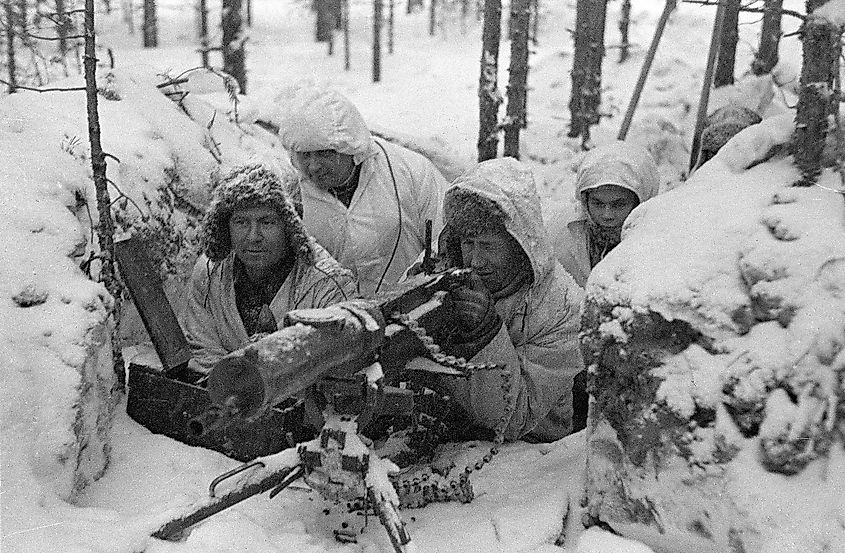
Perhaps the most significant battle in this period was the Winter War. This occurred after the Soviet Union invaded Poland on November 30, 1939. Given the optics of the situation, with the small Finnish Army taking on the enormous Red Army, public opinion in the UK and France was overwhelming on Finland's side. The USSR was thus expelled from the League of Nations, and discussions occurred about sending British and French troops to help the Finns. This did not materialize, however, and the war ended in March 1940 with the Soviet Union making some limited territorial gains. Furthermore, on March 20, partially in response to his failure to help defend Finland, French Prime Minister Daladier resigned.
In conclusion, the Phoney War was a crucial period of World War II. The event itself was indicative of the legacy of World War I, with France and Germany both having heavily fortified defenses on their shared border. Nonetheless, the period did see some limited fighting between the two countries. Moreover, a major military operation also occurred between the USSR and Finland during the Phoney War.











